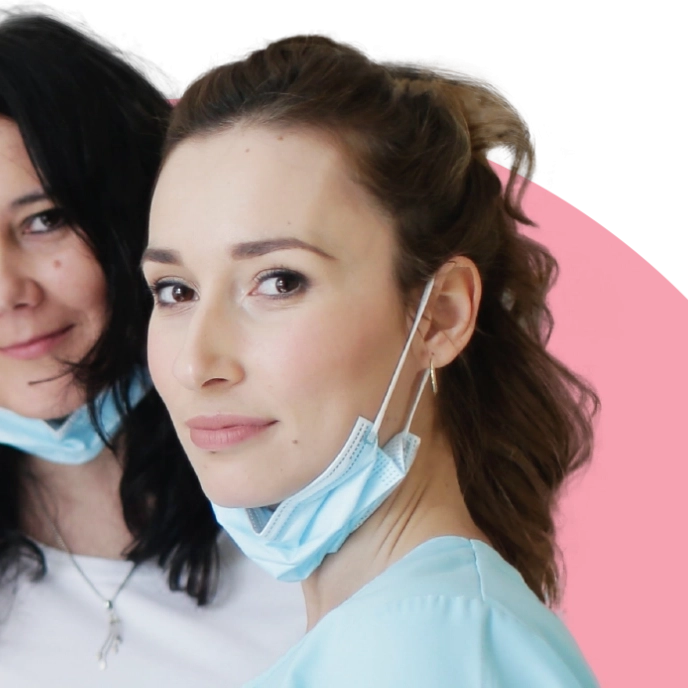Grooming Etiquette: How to Communicate with Your Groomer
Grooming is an essential aspect of pet care, ensuring the health and well-being of our furry companions. However, effective communication with your groomer is often overlooked but plays a crucial role in ensuring a positive grooming experience for both pets and owners.
Selecting the Right Groomer
Before diving into the grooming process, it’s paramount to choose the right groomer. Research local options, read reviews, and seek recommendations from fellow pet owners. Effective communication starts from this initial selection process.
Understanding Your Pet’s Needs
Each pet has unique grooming requirements based on their breed. Before the grooming session, familiarize yourself with these needs and communicate any specific concerns or considerations your groomer should be aware of.
Initial Consultation
An initial meeting with your groomer is not just a formality. It’s an opportunity to discuss your preferences, expectations, and any special instructions. Clear communication at this stage sets the tone for the entire grooming relationship.
Clear Communication During Grooming Sessions
Throughout the grooming process, maintain open communication with your groomer. If you have concerns or specific requests, don’t hesitate to voice them. Timely feedback ensures that both you and your groomer are on the same page.
Handling Difficult Situations
Grooming can sometimes pose unexpected challenges. In such situations, effective communication is key. Stay calm, express your concerns, and work collaboratively with your groomer to find solutions.
Regular Updates and Progress Reports
Stay informed about the grooming progress. Ask your groomer for updates on your pet’s well-being and behavior during the session. This not only keeps you in the loop but also shows your groomer that you are actively involved in your pet’s care.
Tips for Effective Communication
Use positive and encouraging language when communicating with your groomer. Instead of focusing on what went wrong, highlight the positive aspects of the grooming session. Don’t hesitate to ask questions or seek advice to improve the care of your pet.
Building a Relationship with Your Groomer
Effective communication is the foundation of a strong relationship between pet owners and groomers. Foster a positive connection by expressing appreciation for their work and demonstrating trust in their expertise.
Groomer’s Perspective
To gain insights into effective communication, we spoke with experienced groomers. They shared their perspectives on building positive relationships with pet owners, common challenges they face, and tips for smoother communication.
Grooming Etiquette Do’s and Don’ts
Navigate the world of grooming etiquette with a comprehensive guide on do’s and don’ts. Avoid common pitfalls and misunderstandings by following these essential tips for a harmonious grooming experience.
Benefits of Good Communication
Effective communication enhances the grooming experience for both pets and owners. It creates a comfortable and stress-free environment, ensuring that grooming is a positive and enjoyable routine for your furry friend.
Case Studies
Explore real-life examples of successful communication with groomers. Learn from the experiences of other pet owners, and discover how effective communication has transformed their grooming sessions.
Grooming Etiquette Beyond the Salon
Good communication extends beyond the grooming salon. Maintain a positive connection in day-to-day pet care, including at-home grooming and regular care routines. Consistency in communication ensures ongoing cooperation with your groomer.
Conclusion
In conclusion, grooming etiquette is a dynamic interplay of communication, trust, and understanding between pet owners and groomers. By prioritizing effective communication, you contribute to a positive and stress-free grooming experience for your cherished pets.
FAQs
1. How often should I communicate with my groomer?
Regular communication is essential, especially during the initial consultation and throughout grooming sessions. Stay informed and address any concerns promptly.
2. What should I do if I have specific grooming requests?
Express your requests clearly during the initial consultation. Provide written instructions if necessary, ensuring that your groomer is aware of your preferences.
3. How can I handle a situation where I’m dissatisfied with the grooming outcome?
Communicate your concerns calmly and constructively. Work collaboratively with your groomer to find a resolution that meets your expectations.
4. Is it appropriate to tip my groomer?
Tipping is a common practice to show appreciation for good service. If you’re satisfied with the grooming, consider tipping your groomer.
5. Should I communicate with my groomer between grooming sessions?
Yes, maintaining communication between sessions is beneficial. Provide updates on your pet’s behavior and any changes in their health or grooming needs.

